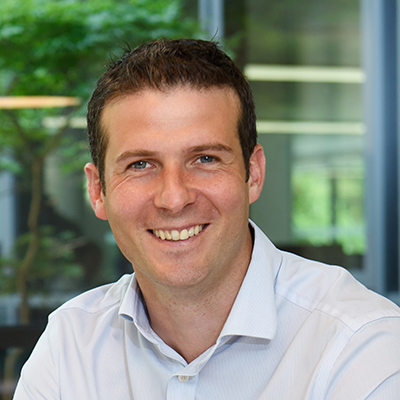Insights
The key to planning.
Placemaking, proactivity, and strategic sustainability.
The planning challenge.
Development planning is a complex multifaceted process, and it’s one that’s notoriously hard to deliver. However, working on a vast range of projects over the years has taught me there are three key factors that can set teams on the road to success.
1. Placemaking balanced with architecture.
Life is the activity that is most often generated in the spaces between buildings. As such, successful planning involves considering the placemaking aspects of a project, just as much as the architectural vision. We know that the success of spaces and places is defined by the people who use them. Beyond providing shelter, function and sculptural art, architecture shapes society through a myriad of interrelationships. But it’s just as important that public-realm environments are designed to let people thrive. By understanding the environmental factors at play in outdoor environments around buildings, to be instrumental in promoting the outdoor/placemaking aspect of any project.
Inevitably, life between buildings is richer, more stimulating and more rewarding than any combination of architectural ideas.Jan Gehl, architect, urban design consultant, and author of Cities for People
Good architecture civilises and humanises… architecture also structures cities with buildings and public spaces, all the defining inventions of civilisation.Richard Rogers, architect
2. Proactivity pre-empts problems.
Design seldom requires evolving for just one aspect; often it requires a balance of impact between many disciplines. I’ve seen how a proactive approach towards managing cross-discipline conflicts is central to a smooth planning process; and, added to this, it also allows us to find holistic solutions that benefit the project overall. Seamless integration of all specialist areas, along with an understanding of how they interact, is vital. The earlier in a project this unifying approach to managing otherwise-isolated technical disciplines is adopted, the better.
3. Strategic sustainable design at an early stage.
By having experienced sustainability experts active at the pre-planning stages, the appropriate objectives, targets and initial design strategies can be established at the outset. Involvement from these experts at a sufficiently early stage enables site opportunities and constraints to be assessed, along with the ability to liaise between clients and design teams to develop effective strategies that deliver truly sustainable developments. These strategies can be anything from detailed advice on sustainable water use and feasibility studies for renewable energy generation, to whole-life CO2 design, sustainable materials selection guidance, and proposals for financing, procuring and managing projects.
Ultimately, a strategic approach to sustainability helps incorporate all areas of a project that matter to multiple stakeholders and, ultimately, deliver a masterplan much more likely to get the green light.
